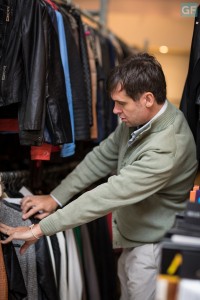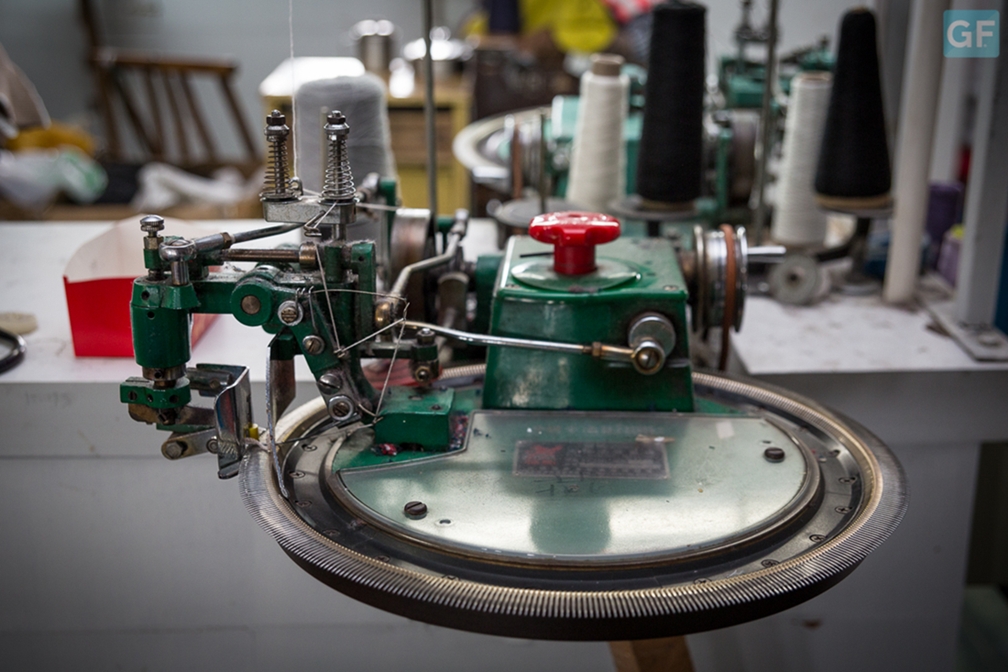
China continues to be the factory of the world, but it updates its production model.
New changes appear on scene at the world’s biggest manufacturing hub.
If we talk about the “factory of the world”, we are undoubtedly talking about China. Since it opened up to global economy, it never stopped -not even for a second- attracting investors from all over the world interested in establishing their factories in a country that offered significant business opportunities. Of course, the entrepreneurs and versatile locals didn’t stop for a second in their lives either, and devoted themselves rigorously to grow financially and to improve their social situation.
Nevertheless, new and repeated political and social strategies are changing the situation of this gigantic industrial hub. Although the level of investments it attracts is decreasing, the country continuous to offer interesting advantages, it keeps fighting for the title of “factory of the world”, and of course it remains as “the great factory of textile”.
The hike in Chinese salaries, where the average worker earns almost twice as much as a Cambodian or Vietnamese laborer, led many multinational companies to give positive consideration and to invest in neighboring countries, Vietnam, Laos, Cambodia and Myanmar, among other developing countries in Southeast Asia, with economies that expanded at a rapid pace in recent years.
A very interesting fact provided by WSJ is that although China still attracts more than US$ 310,000 million in direct investment, only 37% goes to factories, against 55% in 2010. Clearly, this is a turn of the wheel in China’s productive path.
All economical-social studies agree that countries must renew their model and improve productivity when the population starts to age. The hike in salaries, a bigger investment in technology and the manufacturing of higher quality products are a tangible reality in China. In this sense, the inevitable trends that have brought about change are, without a doubt, the one-child policy and the tendency to produce more and more complex technological items. China is already one of the main exporters of this type of goods.
The decrease in manpower because of the one-child policy started to be very noticeable in 2012. This led to a policy of recruitment for new workers in the central provinces, where there is still a surplus of labor. As a result, we can observe that Chinese salaries and investments in the central part of the country have also increased.
This tendency reinforces a path initiated in the year 2000, where the focus of Chinese policies was to boost investments in these central areas in the face of a model that put emphasis on the coastal region. In short, there are less and less laborers, and an increasing domestic migration of more qualified workers, and a larger production of complex manufacture that requires high levels of investment and less cheap labor.
Bottom line.
 In fact, I will start this conclusion with the “trending question” in the fashion market. As China becomes more and more expensive, where will we place our future productions of clothing items, footwear and accessories?.
In fact, I will start this conclusion with the “trending question” in the fashion market. As China becomes more and more expensive, where will we place our future productions of clothing items, footwear and accessories?.
Clearly, this question doesn’t have a single answer, least of all an answer that can adapt to all types of textile products and the different companies that produce and sell them.
Although China continues to be an incredible tale of growth and its industrialization has lifted some 500 million people out of poverty, now it chooses to manufacture more complex products, with a higher added value, consuming a large part of its production domestically.
For these reasons, the five countries of the “New China” will have their chance: the chance to write their own tale of growth and to improve the life of its inhabitants. That is the only goal that has real, significant value for everyone.
Maybe in Southeast Asia lies part of the preliminary analysis and the answers to the “trending question” about textile sourcing.
We will discuss all that in upcoming articles.













































[…] not so long ago, China was the main importer and consumer of cotton in the world. But their government decided to implement a plan to help local […]